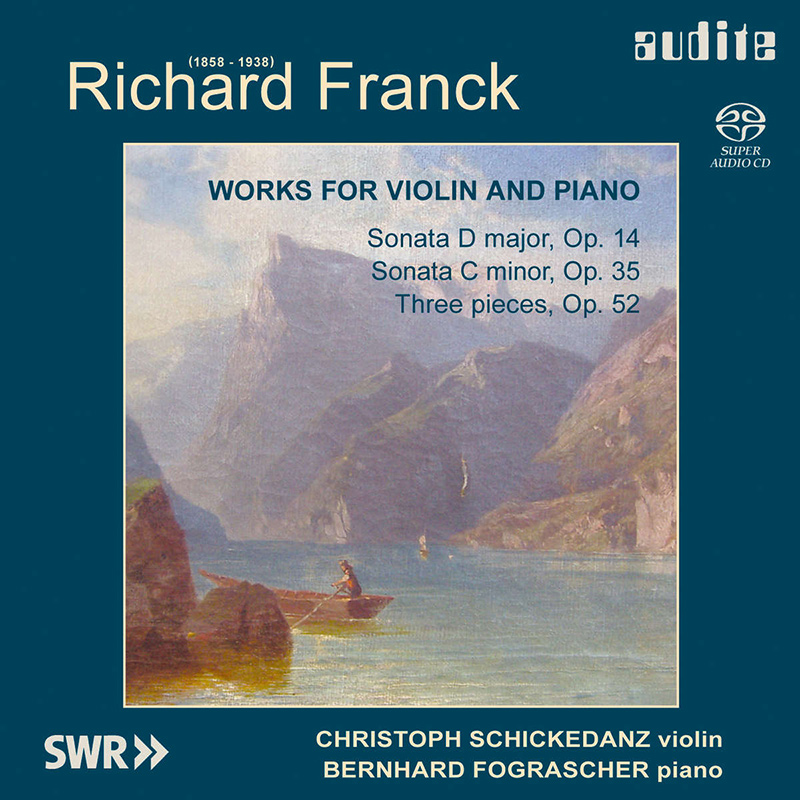Logowanie
Mikołaj - ten to ma gest!
Miles Davis, Horace Silver, Jay Jay Johnson, Percy Heath, Kenny Clarke, Lucky Thompson
Walkin'
20bit K2Super Coding - ale jak to brzmi!
Kasety magnetofonowe
Winylowy niezbędnik
ClearAudio
Double Matrix Professional - Sonic
najbardziej inteligentna i skuteczna pralka do płyt winylowych wszelkiego typu - całkowicie automatyczna
FRANCK, Christoph Schickedanz, Bernhard Fograscher
Sonate für Violine und Klavier Nr. 1 D-Dur op. 14 / Sonate für Violine und Klavier Nr. 2 c-moll op. 35
- Christoph Schickedanz - violin
- Bernhard Fograscher - piano
- FRANCK
This SACD with first recordings of works by Richard Franck is a continuation of the audite series of the works of the composers Eduard and Richard Franck. The principal creative phase of Richard Franck was during the transitional period between 1880 and 1910, a time marked by a radical change from the late romantic to the beginning of the modern era. It is within this field of tension that the music of Richard Franck moves. In the Sonata No. 1 in D major, Op. 14 of 1890, the composer comes to terms for the first time with the then popular sonata form. Wholly typical of his time, Franck reflects the classical form without breaking out of it. The characters of the individual movements range from the powerful and inventive first movement to the waltz-like second and intimate third to the virtuoso final movement, in which the work comes full circle by taking up thematic material from the first movement again. The Sonata No. 2 in C minor, Op. 35 was composed in 1903. Richard Franck shows himself to be fond of development here, enlarging upon the compositional principles already mastered. The result is a highly diversified sonata, sometimes reminiscent of Brahms's way of developing motivic material. The three short Character Pieces, Op. 52 are among the last published woks of Franck. The Elegy has a resigned effect, like a farewell, followed by a humorous Scherzo; the final piece is a Perpetuum Mobile, a playful virtuoso piece in "flight of the bumble-bee" style. Christoph Schickedanz is a Professor at the Academy of Music and Theatre in Hamburg. A DAAD stipend enabled him to study at Indiana University in Bloomington, USA, where he met Bernhard Fograscher. This meeting was the cornerstone for a fruitful collaboration between the two artists. Bernhard Fograscher has been a prize winner at numerous competitions. He enjoys an active concert and recording career at home and abroad. The Schickedanz-Fograscher Duo has chosen to specialize in unusual repertoire combinations and unjustly neglected composers.






























